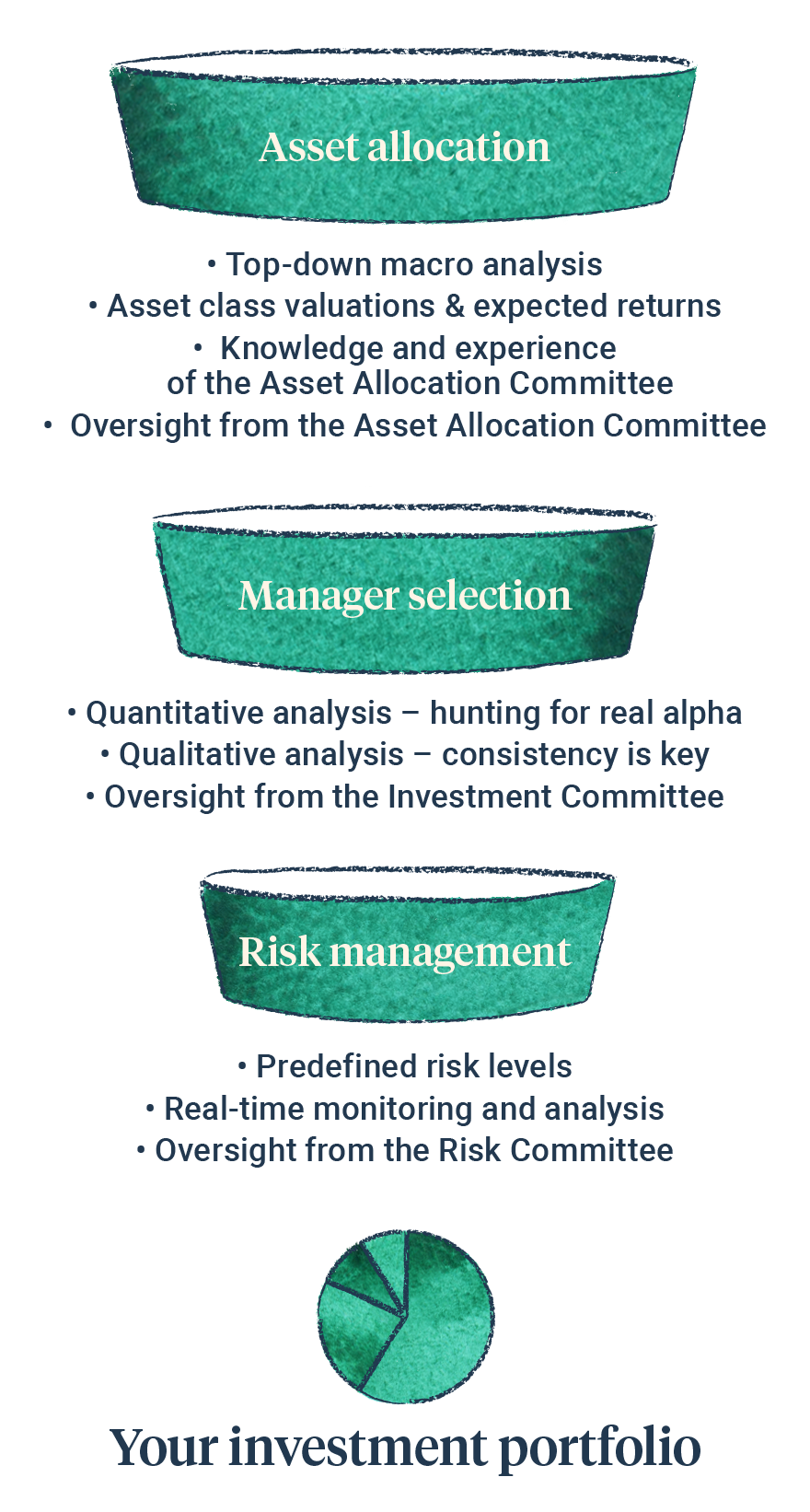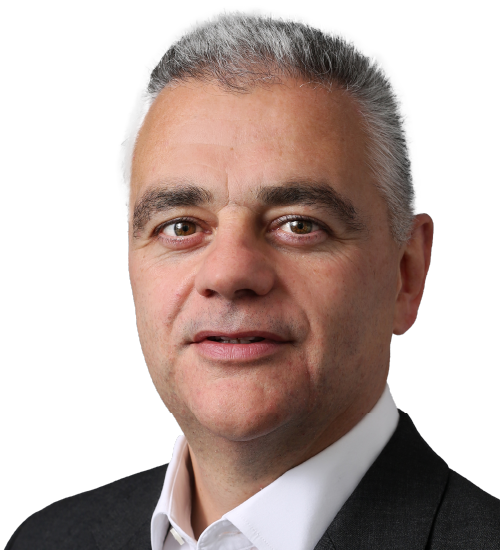Growth (economic)
Economies remain resilient but the strong growth momentum we saw at the start of the year has faded. The strongly positive impulse from China reopening has diminished, financial conditions are tighter due to higher interest rates and a reduction in lending. Labour markets have weakened, with increases in the number of jobless claims and a fall in job openings, hiring plans and overtime. That said, unemployment remains at or near historic lows in the eurozone (6.5%), UK (3.9%) and US (3.4%). In May corporate purchasing managers’ surveys for the services sector in the US rose to a 13-month high, and indicate expansion in the US, Eurozone, and UK. In contrast, manufacturing surveys have deteriorated and signal a contraction in activity for that sector. Business and consumer confidence appears to be waning, new orders have been falling, and measures of financial stress have increased following issues with the banking sector. Indeed, the IMF recently reduced its global growth projections, citing high uncertainty and risks as financial sector stress adds to pressure from tighter monetary policy and Russia’s continuing war in Ukraine. Notably though, the IMF expects positive global growth this year and higher growth next year. There remains significant uncertainty about the future path of economic growth, with estimates ranging from deep recessions across the globe, to no recessions at all.
Interest rate & liquidity environment
Because of issues in the banking sector, investors have shifted their expectations for the path of future interest rates. The market now expects a lower peak, and that rates will be cut sooner. However, in the US there remains a disconnect, the market expects significantly lower interest rates than the decision-makers do (The Federal Reserve). Liquidity fell dramatically last year as policymakers reduced support, but has increased from September to today.
Valuations & earnings outlook
Reported corporate earnings have fallen due to reduced demand and higher costs (inflation), however so far, earnings downgrades have been modest (low single digits on average). Forecasted earnings imply a shallow recession this year, and growth in 2024. Many asset classes are trading more cheaply than historical averages, particularly in government bonds, small US companies, and non-US equities generally.
Sentiment / flows
Short term indicators point towards positive investor sentiment. Markets have been trending above recent averages, market breadth rising, put/call ratios indicate more greed than fear, whilst volatility has been relatively low.







